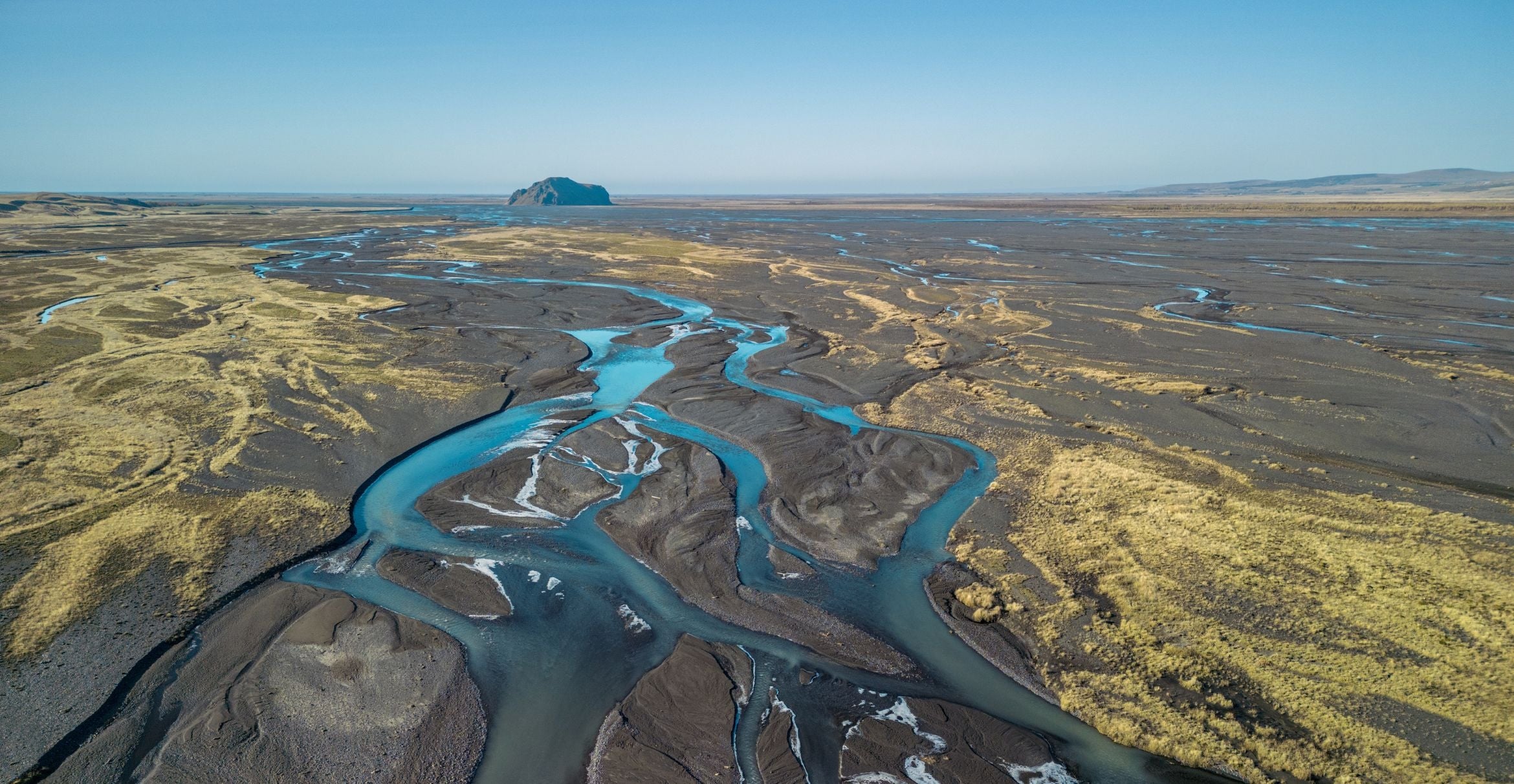How scientists create and study objects that are invisible to the naked eye is the focus of "Too Small to See–2," a nanotechnology exhibit opening early next month at the California Nanosystems Institute at the University of California, Santa Barbara.
Designed for children ages 8 to 13, the exhibit is located in the main lobby of Elings Hall. An opening reception will take place from 11 a.m. to 2 p.m. on Saturday, December 1. The exhibit continues through May 31, 2008.
Nanotechnology, which promises to revolutionize a host of processes from the treatment of cancer to the way computer chips are manufactured, is the manipulation and analysis of materials that range in size from one to 100 nanometers. A nanometer is one billionth of a meter. The smallest object that can be seen by the naked eye is 100,000 nanometers.
Through a variety of hands-on activities, visitors to the exhibit will learn how scientists use sophisticated electron microscopes, molecular models, and computer graphics to understand the structure and properties of nanomaterials. Among other activities, visitors can view common objects through a microscope at increasing levels of magnification to understand the otherwise hidden contributions of nanomaterials; build atomic models of carbon nanotubes, glucose, and tryptophan to learn about the size and shape of molecules at the nanoscale; learn how scientists manipulate matter at the nanoscale with the Atom Transporter. In addition, visitors can interact with projected images of molecules in a salt crystal to see changes that take when energy is added; hear stories about nanotechnology and excerpts from "There's Plenty of Room at the Bottom," a famous lecture given by physicist Richard Feynman at a meeting of the American Physical Society in 1959.
"I feel privileged to be able to bring ‘Too Small to See–2' to our campus and make it available to our community," said Evelyn Hu, director of the California Nanosystems Institute. "The exhibit provides wonderful interactive examples of how nanotechnology is part of our lives already, what impacts it might have on our futures, and helps to convey part of the wonder and excitement that we researchers experience."
"Too Small to See–2" is a smaller version of the exhibit "Too Small to See," which was developed by Cornell University and funded by the National Science Foundation. That exhibit debuted last year at Walt Disney World's Innoventions at Epcot where 800,000 visitors were immersed in the nanoscale world. The California Nanosystems Institute at UCSB is the first to host the traveling exhibit–"Too Small to See–2"–developed specifically for a smaller venue.
The exhibit will be open to the public from 3 to 5 p.m. Tuesday through Thursday, and from 11 a.m. to 2 p.m. Saturday, excluding December 22, 25, and 26 and January 1.
For more information about "Too Small to See–2" or to arrange a group tour, visit http://www.cnsi.ucsb.edu/education/programs/k12/index.php.



